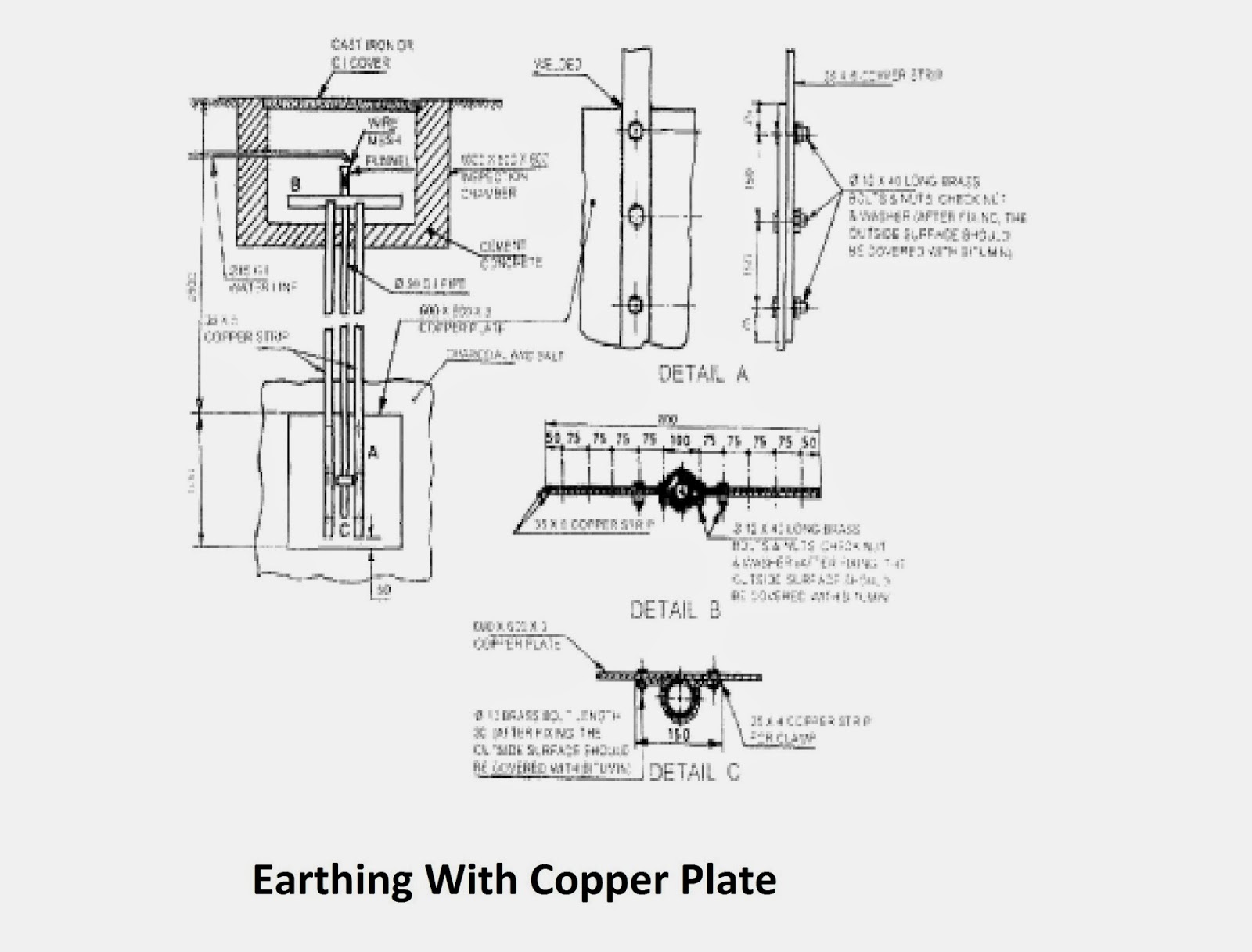Full Load Speed of Induction Motor
Slip and Full-load speed of Motor
The speed at which rated full-load torque is delivered at rated power output is full-load speed. It is
generally given as "RPM" on the nameplate. This speed is sometimes called "slip" speed or actual rotor speed rather than synchronous speed. Synchronous speed is the speed at which the motor would run if it were fixed to the ac power line frequency; that is, if it turned at the same speed as the rotating magnetic field created by the combination of winding pattern and power line frequency. An induction motor's speed is always less than synchronous speed and it drops off as load increases. For example, for 1800 rpm synchronous speed, an induction motor might have a full-load speed of 1748 rpm, this drop in RPM is due to slip of an induction motor.
Slip speed is difference between synchronous speed and actual rotor speed.
In induction motors Slip is directly proportional to torque of motor, so greater will be the slip greater will be torque generated in motor. So greater will be the induced emf.
When motor is running at no-load then it requires small torque to overcome mechanical, iron and other losses, therefore slip is small.
Now when the motor is put on load greater torque will be required so slip will increase and correspondingly motor speed get reduced. So slip adjustes itself as per load requirements.
As the size of motor increases this slip keeps on reducing
e.g. for 0.5 KW motor slip is 5%
for 5 KW motor slip is 3 %
for 15 KW motor slip is 2.5 %
For 50 KW motor slip is 1.7%
and for 250 KW motor slip is 0.8%
As soon as motor started slip is 100% and it is keep on reducing as soon as speed increases and is minimum when motor is running at full speed. You can also say that as soon as slip decreased frequency decreases.
Also motor inductive reactance is dependent on slip as inductive reactance is maximum when motor is at standstill, as at that moment slip is maximum.
The inductive reactance will change with the slip since the rotor impedance is the phase sum of the constant resistance and the variable inductive reactance.
When the motor starts rotating the inductive reactance is high and impedance is mostly inductive. The rotor has a low lagging power factor. When the speed increases the inductive reactance goes down equaling the resistance.
There have been conflicting opinions and claims regarding the effect of replacing a "standard efficiency" motor with an "energy-efficient" motor on a centrifugal-type load.
Centrifugal pumps and fans impose what is often called a "cubed-exponential load" on the driver.
For such a pump or fan, torque varies approximately as the square of speed. Because, by definition, power varies directly with torque and with speed, for a centrifugal-type load, power varies approximately as the cube of speed - a small speed change produces a much larger change in power requirement. For example, a 1% increase in speed would bring a 3% increase in load: (1.01)3 = 1.03 Some engineers claim that an energy-efficient motor manifests most of its efficiency improvement at a lower slip speed; that is, as an increase - typically about 1% - in output speed. Because the 1% speed gain equates to a 3% horsepower requirement, they reason, the replacement energy-efficient motor may have to be 1 HP-size larger than the standard motor.
Centrifugal pumps and fans impose what is often called a "cubed-exponential load" on the driver.
For such a pump or fan, torque varies approximately as the square of speed. Because, by definition, power varies directly with torque and with speed, for a centrifugal-type load, power varies approximately as the cube of speed - a small speed change produces a much larger change in power requirement. For example, a 1% increase in speed would bring a 3% increase in load: (1.01)3 = 1.03 Some engineers claim that an energy-efficient motor manifests most of its efficiency improvement at a lower slip speed; that is, as an increase - typically about 1% - in output speed. Because the 1% speed gain equates to a 3% horsepower requirement, they reason, the replacement energy-efficient motor may have to be 1 HP-size larger than the standard motor.
The contention does not fully account for the fact that the power reduction from using an energy-efficient motor is greater than the extra power required by the load - hence, there is a net energy
savings and the motor will run cooler, potentially extending insulation life.

Comments
Post a Comment